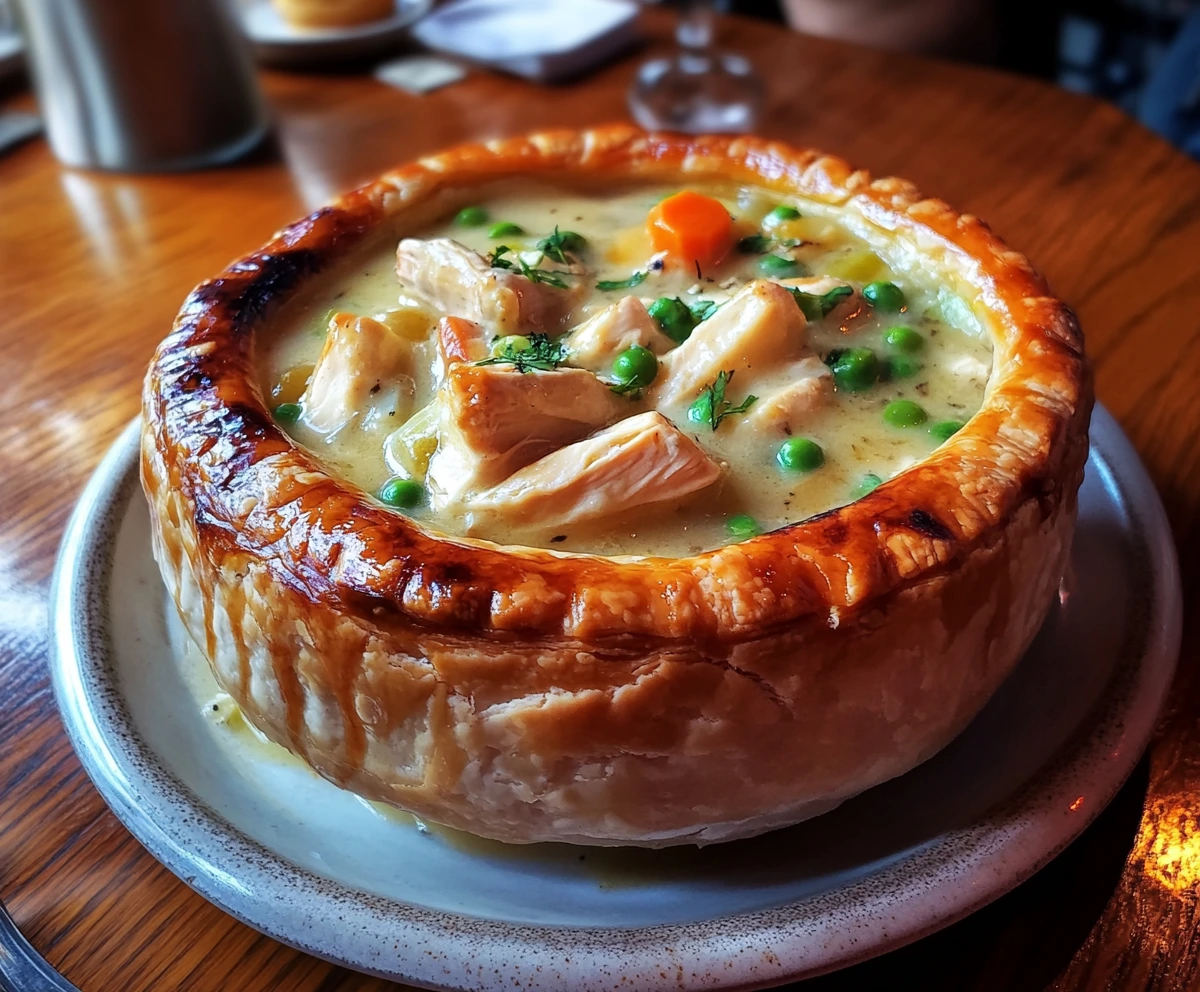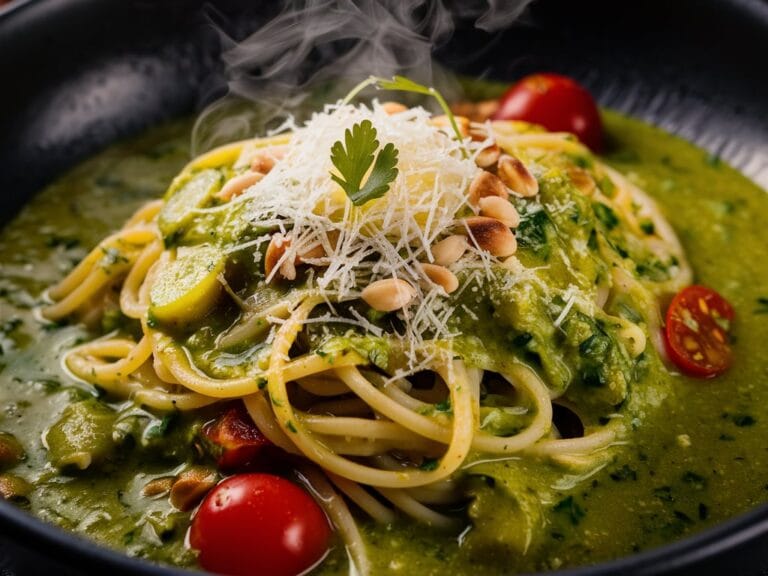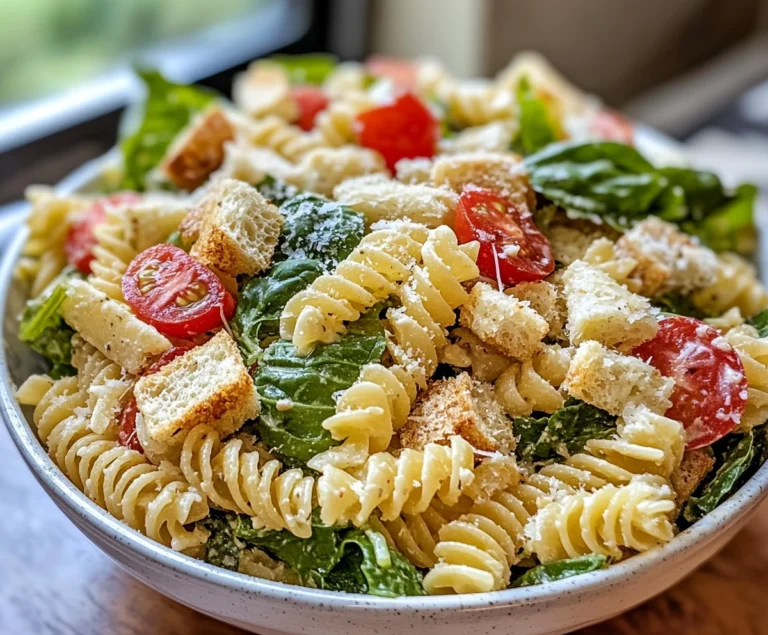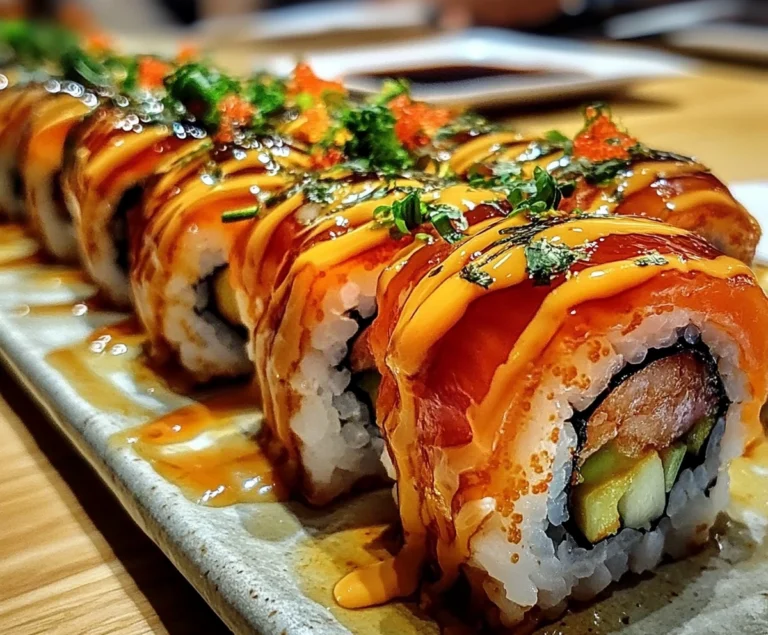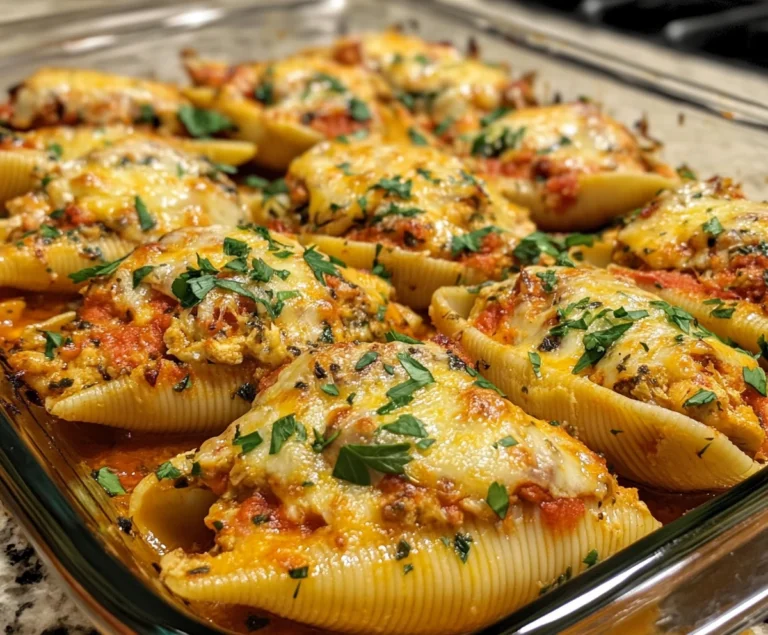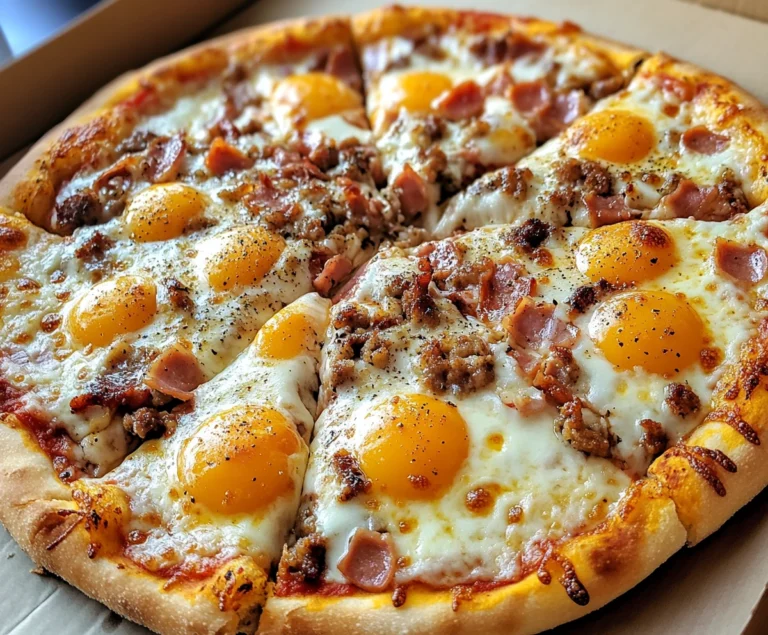Prevent soggy bottom crust chicken pot pie
A perfectly baked chicken pot pie is one of the most satisfying comfort foods, but nothing ruins that experience more than a soggy bottom crust. The golden, flaky crust should envelop a creamy, savory filling, but when moisture from the filling seeps into the bottom layer, it can leave your pie a disappointing, soggy mess.
A soggy bottom crust can ruin your chicken pot pie, but with the right techniques, you can easily prevent a soggy bottom crust in chicken pot pie. Understanding why the crust gets soggy is the first step. Moisture from the filling often seeps into the dough, making it soft. However, choosing the right ingredients and using methods like blind baking or adding a layer of breadcrumbs can prevent a soggy bottom crust in chicken pot pie. Opt for high-fat doughs, pre-cook moist ingredients, and thicken your filling properly to further prevent a soggy bottom crust in chicken pot pie. Additionally, preheating a baking sheet or using an egg wash can ensure your crust stays firm. With these strategies, you’ll easily prevent soggy bottom crust in chicken pot pie every time!
Understanding Why the Bottom Crust Gets Soggy
The first step to solving the soggy crust problem is understanding why it happens. A soggy bottom crust is typically caused by excessive moisture trapped between the filling and the pastry. As the pie bakes, the moisture from the filling seeps into the dough, making it soft and preventing it from properly cooking through.
Moisture can come from a variety of sources, such as:
- Steam from the filling during the baking process
- Ingredients that release water as they cook, like vegetables and chicken
- An overly wet filling that hasn’t been thickened properly
Even the type of pie dish and the way the pie is baked can impact how the bottom crust holds up. Therefore, you need to address these moisture issues at every stage of the pie-making process, from choosing ingredients to how the pie is baked.
Choosing the Right Ingredients for the Pie
1. Opt for High-Fat Pie Dough
The type of pie dough you use plays a significant role in determining how the crust behaves during baking. High-fat doughs, particularly those made with butter, lard, or shortening, are better at resisting moisture. The fat in the dough creates layers that are less permeable to water, leading to a flakier, crisper crust.
- Butter Dough: Butter-based dough tends to be flakier and more flavorful, thanks to the steam created as the butter melts. The water content in butter (about 15%) evaporates during baking, leaving behind air pockets that contribute to the crust’s light, crisp texture.
- Shortening and Lard: Shortening or lard-based doughs also create tender, flaky crusts. These fats contain little to no water, meaning they contribute less moisture to the dough, reducing the risk of sogginess.
Additionally, using a high-fat dough will create layers that prevent liquid from soaking into the pastry.
2. Choose the Right Flour
The type of flour you use can affect the texture of your crust. All-purpose flour is most commonly used for pie dough, but some bakers prefer pastry flour, which has a lower protein content and yields a more tender crust. Whichever flour you use, make sure not to overwork the dough, as this can lead to a tough, dense crust.
3. Pre-Cook Moist Ingredients
Chicken, vegetables, and sauces are key components of a chicken pot pie filling, but these ingredients can release moisture during baking, contributing to a soggy crust. The solution? Cook and drain these ingredients beforehand.
- Pre-Cook Chicken: Cooking the chicken in advance ensures it releases most of its moisture before it’s added to the pie. This not only helps prevent excess liquid from seeping into the crust but also ensures the chicken is fully cooked by the time the pie is done.
- Drain Vegetables: Vegetables like carrots, celery, and peas are essential to chicken pot pie, but they release water as they cook. Sauté or roast the vegetables before adding them to the pie, and be sure to drain any excess liquid.
For more tips on using chicken and vegetables in dishes where moisture balance is key, you can check out this guide to thin chicken breast recipes, which explores how to control moisture in various chicken dishes.
4. Thickening Agents for the Filling
The filling of your chicken pot pie should be creamy and thick, not watery. A runny filling will release steam during baking, which will condense on the crust and make it soggy. To avoid this, make sure your filling has the right consistency by using thickening agents like cornstarch, flour, or even tapioca starch.
- Cornstarch: This is one of the most popular thickeners used in pie fillings. It absorbs liquid and thickens the sauce, reducing the amount of moisture that can seep into the crust. Mix cornstarch into your sauce while it’s still cooking to ensure the filling sets up properly in the oven.
- Flour: Like cornstarch, flour absorbs excess moisture, helping to thicken the filling. However, it requires more quantity than cornstarch to achieve the same thickening effect.
- Tapioca Starch: A lesser-known thickener, tapioca starch is particularly effective in pie fillings because it remains stable under heat and doesn’t break down over time, which ensures a firm, gel-like texture that holds up against moisture.
By ensuring the filling is thick and rich, you reduce the likelihood of excess moisture escaping and ruining the crust. For more guidance on using thickeners in recipes, explore this comprehensive article on pie filling thickening.
Techniques to Prevent a Soggy Crust
1. Blind Baking the Bottom Crust
Blind baking is one of the most foolproof methods to avoid a soggy bottom crust. This technique involves pre-baking the bottom crust before adding the filling, ensuring it has time to firm up and crisp before the wet filling is introduced.
- How to Blind Bake: Roll out your dough and line your pie dish. Next, place parchment paper or aluminum foil over the dough and fill it with pie weights or dry beans to prevent the crust from puffing up. Bake the crust at 400°F for 10-15 minutes or until it’s golden brown. Once baked, let the crust cool slightly before adding the filling and continuing to bake the pie.
- Benefits: Pre-baking ensures the bottom crust forms a solid layer that won’t absorb moisture from the filling. It also gives the crust a head start in the baking process, ensuring it becomes golden and crisp by the time the filling is done.
2. Using a Hot Baking Sheet
Another effective method is to bake your pie on a preheated baking sheet. Placing the pie dish on a hot surface ensures that the bottom crust begins baking immediately, preventing it from sitting in liquid and becoming soggy.
- How to Use a Hot Baking Sheet: Preheat your oven along with a baking sheet. Once the pie is ready to bake, place the pie dish directly onto the preheated sheet. The heat will transfer directly to the bottom crust, helping it bake faster and more evenly.
This method is especially useful for ensuring a crispy bottom in pies baked in glass or ceramic dishes, which don’t conduct heat as quickly as metal pans.
3. Add a Layer of Breadcrumbs or Cheese
One simple trick to create a barrier between the crust and the filling is to add a layer of breadcrumbs or grated cheese to the bottom crust before adding the filling.
- Breadcrumbs: A thin layer of breadcrumbs on the bottom crust absorbs any excess moisture from the filling, preventing it from soaking into the dough. This method is especially effective for pies with wet fillings like chicken pot pie.
- Grated Cheese: Similarly, a layer of grated cheese can act as a moisture barrier. As the cheese melts during baking, it forms a seal that helps keep the crust dry.
This technique is particularly popular in savory pies and can be used in a variety of dishes, such as quiches or meat pies.
4. Use an Egg Wash
Before blind baking, brushing the bottom crust with an egg wash can help create an extra seal against moisture. The egg wash forms a barrier between the filling and the crust, preventing liquids from seeping into the dough.
- How to Apply an Egg Wash: Simply beat one egg and brush it over the bottom crust before blind baking. As the crust bakes, the egg wash will harden and form a protective layer, keeping the crust crisp throughout the baking process.
Egg washes are also great for giving the top crust a golden, shiny finish, making your pie look as good as it tastes.
Pie Baking Tips and Tricks
1. Use the Right Pie Dish
The type of pie dish you use can have a significant impact on how your crust turns out. Different materials conduct heat differently, and choosing the right dish can help prevent a soggy bottom crust.
- Metal Pie Dishes: Metal dishes, particularly aluminum, conduct heat quickly and efficiently. This ensures that the bottom crust bakes evenly and crisps up nicely. However, they can cool down quickly once removed from the oven, so serve your pie immediately.
- Glass Pie Dishes: Glass dishes take longer to heat up than metal ones, but they provide even heat distribution throughout the pie. Glass dishes also allow you to monitor the browning of the crust, so you can ensure the bottom is properly cooked.
- Ceramic Pie Dishes: Ceramic dishes hold heat well, making them a good choice for keeping pies warm after they’re baked. However, they take the longest to heat up, so using a preheated baking sheet with ceramic dishes is especially important.
2. Adjust the Oven Temperature
The temperature at which you bake your pie can affect how well the crust bakes. For chicken pot pies, starting with a high oven temperature and then reducing it can help set the crust while ensuring the filling cooks through.
- Initial High Temperature: Start baking your pie at 425°F for the first 15-20 minutes. This helps the crust set quickly and prevents it from absorbing too much moisture from the filling.
- Lower Temperature: After the initial baking period, reduce the oven temperature to 375°F or 350°F to ensure the filling cooks evenly without over-browning the crust.
By adjusting the temperature, you give the crust time to firm up without overcooking the filling.
3. Venting the Top Crust
Venting the top crust is an important step in baking any pie, especially one with a moist filling like chicken pot pie. The vents allow steam to escape during baking, preventing the filling from becoming too watery and keeping the crust from becoming soggy.
- How to Vent the Crust: Before baking, cut small slits or decorative shapes into the top crust to allow steam to escape. You can also use a lattice crust, which naturally provides plenty of ventilation.
Frequently Asked Questions (FAQs)
Can I avoid soggy crust without blind baking?
Yes, you can still achieve a crispy crust without blind baking by using methods like preheating the baking sheet, adding a protective layer of breadcrumbs or cheese, or using a high-fat dough that’s less likely to absorb moisture. However, blind baking remains the most reliable method for preventing sogginess.
What type of pie dough is best for a crisp bottom?
A high-fat dough made with butter, shortening, or lard is ideal for achieving a crispy, flaky bottom crust. Butter-based doughs are particularly popular for their rich flavor and ability to create light, crispy layers.
How do I fix a filling that’s too watery?
If your filling is too watery, you can thicken it by adding a slurry made from cornstarch, flour, or tapioca starch. Simply mix the thickener with a small amount of water or broth, then stir it into the filling. Cook the filling until it reaches the desired thickness before adding it to the pie.
What happens if I don’t vent the top crust?
Without vents, steam from the filling can get trapped inside the pie, making the crust soggy and preventing the filling from thickening properly. Venting allows the steam to escape, ensuring the pie bakes evenly and the crust stays crisp.
Should I refrigerate the pie dough before baking?
Yes, refrigerating the pie dough before baking helps the fat in the dough solidify, which leads to a flakier crust. Chilling the dough also makes it easier to handle and reduces the risk of the dough shrinking during baking.
Conclusion
Achieving a crispy, golden bottom crust on your chicken pot pie is possible with the right ingredients, techniques, and a bit of practice. From choosing a high-fat dough to pre-baking the crust and controlling moisture in the filling, each step plays a vital role in ensuring your pie turns out perfectly every time.
By understanding how moisture interacts with your crust and applying the tips outlined in this guide, you can confidently bake chicken pot pies with the perfect balance of flaky crust and savory, creamy filling.
Experiment with these methods, and you’ll never have to worry about a soggy crust again! Whether you prefer blind baking, using a hot baking sheet, or layering breadcrumbs, there’s a solution for every baker.

